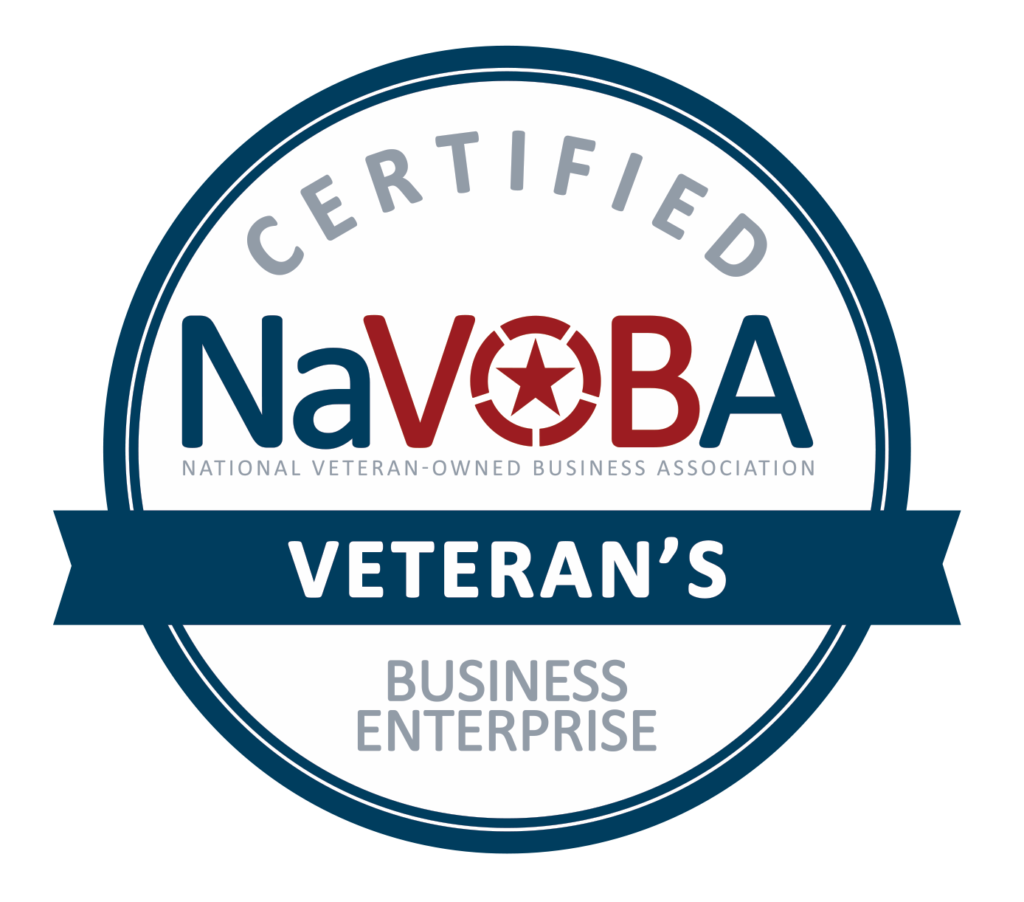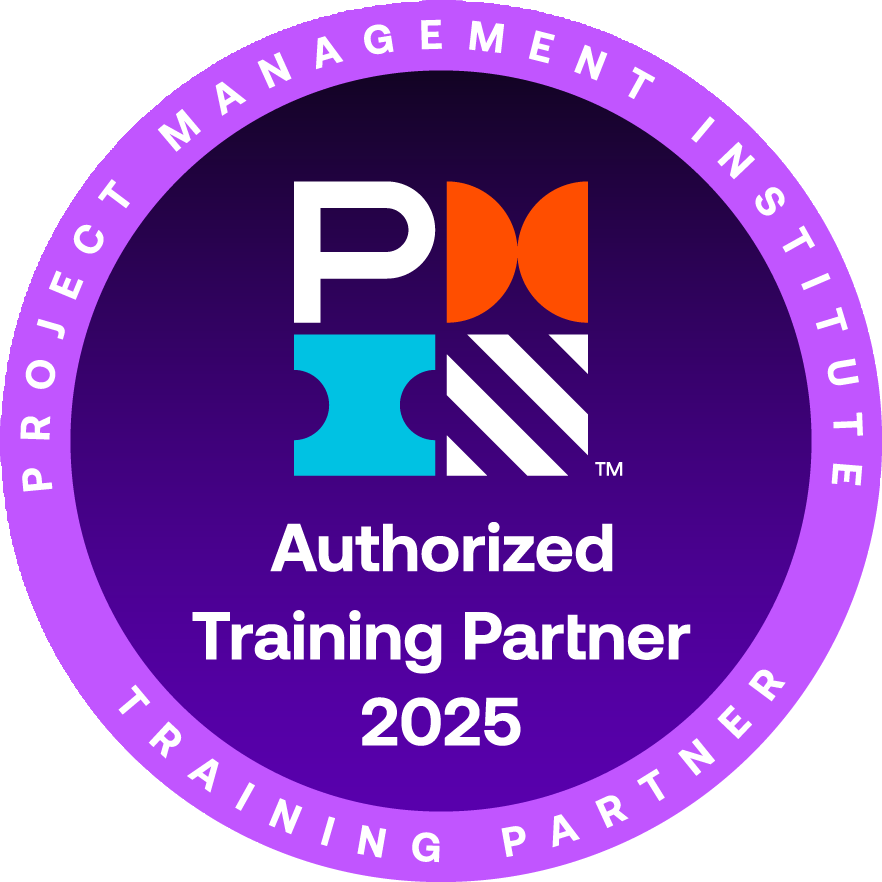
With ever-looming deadlines and constantly shifting customer expectations, the software development industry is notoriously fast-paced. In such a setting, it is essential to be able to deal with uncertainty, maintain one’s bearings, and consistently produce excellent work.
Naturally, organizations are always looking for ways to speed up and improve the performance of their software development teams. Taking part in Agile training is one of the most effective ways to accomplish this.
Agile is, at its core, a way of thinking. Agility and adaptability are key goals of the “Agile Manifesto,” which outlines 12 principles for how individuals, groups, and the entire organization can work together to achieve these goals.
It is a central tenet of Agile that having the right people in your development team is more important than having good processes and tools to work with. A cross-functional team of software developers can respond quickly and effectively to unexpected difficulties and changes in the needs of their customers.
In addition to this, Agile advocates planning development in a manner that is roughly analogous to the evolution of the species. Managers will only step in to help delivery teams deal with organizational problems they can’t solve on their own if they are large, if not entirely, autonomous. As often as every few weeks or months, teams are expected to deliver usable software to their customers so that they can provide feedback and make changes to their programs based on that feedback.
The most important source of feedback is alignment and communication between team members, as well as between team members, customers, and clients. Teams will be better able to organize and create business solutions that are tailored to the needs of their clients with this constant feedback.
We can now move on to the most important question of all: What is Agile training, and how does it differ from other types of training?
Introduction
Training your development team to adopt the Agile approach entails training them to be especially consumer and end-user-focused. There are a number of different Agile frameworks where PMLG can assist in training your teams. We have developed training courses for the following major Agile frameworks and Agile roles.
Scrum, one of the most widely used Agile frameworks, is well-structured and easy to understand, but it requires some effort to master.
Scrum’s fundamental principles are straightforward. It’s designed for software teams with fewer than ten members. Sprints are the time units used to break down development objectives into smaller, more manageable chunks. It is expected that a sprint will be repeated as many times as the overall project necessitates, but it should never be longer than four weeks.
Scrum meetings are held daily during the sprint to track progress toward the sprint goal and make adjustments to plans as the situation changes.
Each sprint concludes with a review of the working increment of the product built during the sprint by the team and any relevant stakeholders. The goal is to gather customer feedback in order to improve the product on an ongoing basis. A sprint retrospective follows, allowing the team to continuously improve the process.
With this closed-loop system of Scrum events, the company can quickly and continuously deliver the highest value to customers while keeping pace with changing market conditions.
Our two-day Agile Foundations training has a sample outline. The ability to choose from a wide range of topics and work on a flexible schedule is an advantage for private organizations. Online, on-premises, or in a hybrid setting, the training can be delivered over the course of three to four days.
PMLG; Agile Scrum
Training project managers, scrum masters, and change leaders in the discipline of Agile Coaches is an option for organizations adopting Agile that want to get the most out of Agile. Through the use of facilitation, mentoring, coaching, and teaching of Agile, an Agile Coach works to foster excellence in teams and achieve the organization’s goals. Unlike a traditional Scrum Master, they may support multiple teams or operate at a higher level of the organization. As a discipline or set of competencies that can be used by managers, scrum masters, and leaders to help teams and organizations become the best they can be, Agile Coaching can be considered a role in and of itself. To find out more about Agile coaching, please see the link below. For more information, please contact PMLG today.


